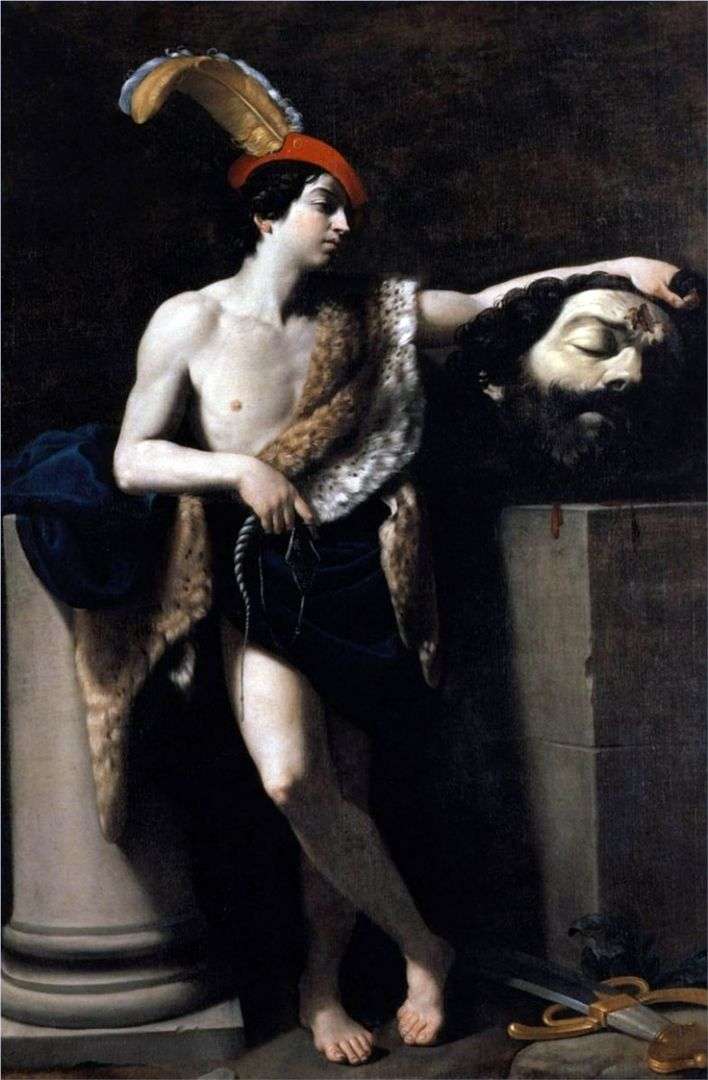
The artist of the Bologna school, where academicism flourished, Guido Reni was also influenced by Caravaggio. He took the master’s conviction that art should be as close as possible to reality, so you should not be afraid to depict even unpleasant or scary things.
This synthesis of passionate, realistic painting and academic manner was embodied in Reni’s painting “David with the Head of Goliath”. One of the peculiarities of Caravaggism was the contrasting illumination that the artist uses here, but his light is not as warm as that of Caravaggio, but rather cool.
Biblical shepherd David, who defeated the giant, stands in a graceful pose, in a cap with a feather and looking at the head of the enemy detachedly, written with naturalistic details. The tradition of depicting David as a beautiful young man was established in Italian art in the 15th century, as exemplified by the statue of Donatello.
But the contrast between the young, flourishing hero, personifying life itself, and the terrible head of a murdered giant, on which Reni’s work is built, was characteristic of the art of Mannerism and academism.
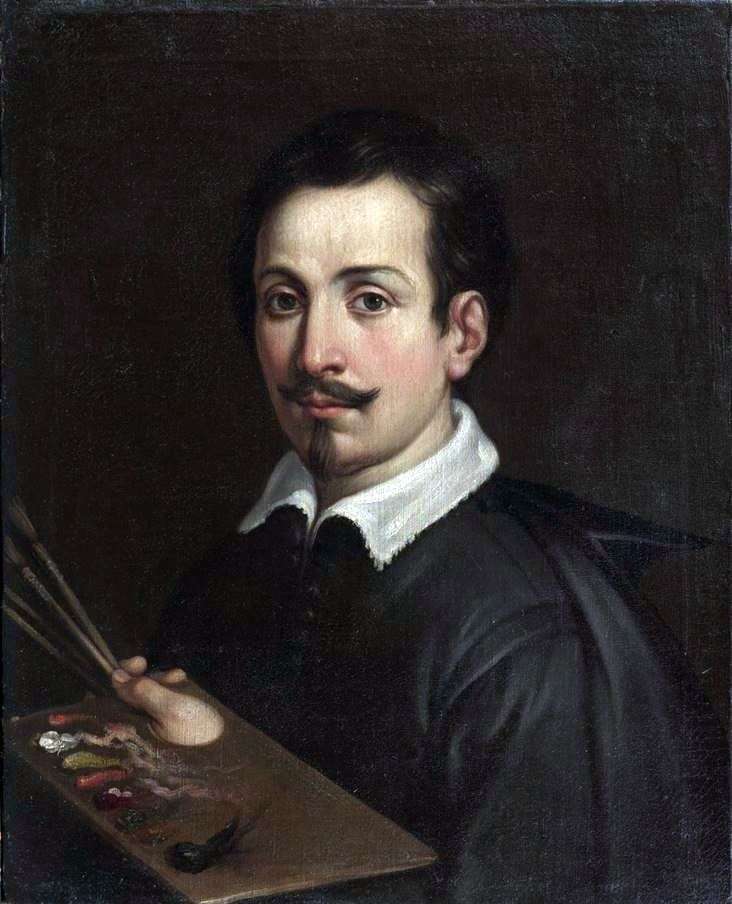 Self Portrait by Guido Reni
Self Portrait by Guido Reni Abduction of Dejanira by Guido Reni
Abduction of Dejanira by Guido Reni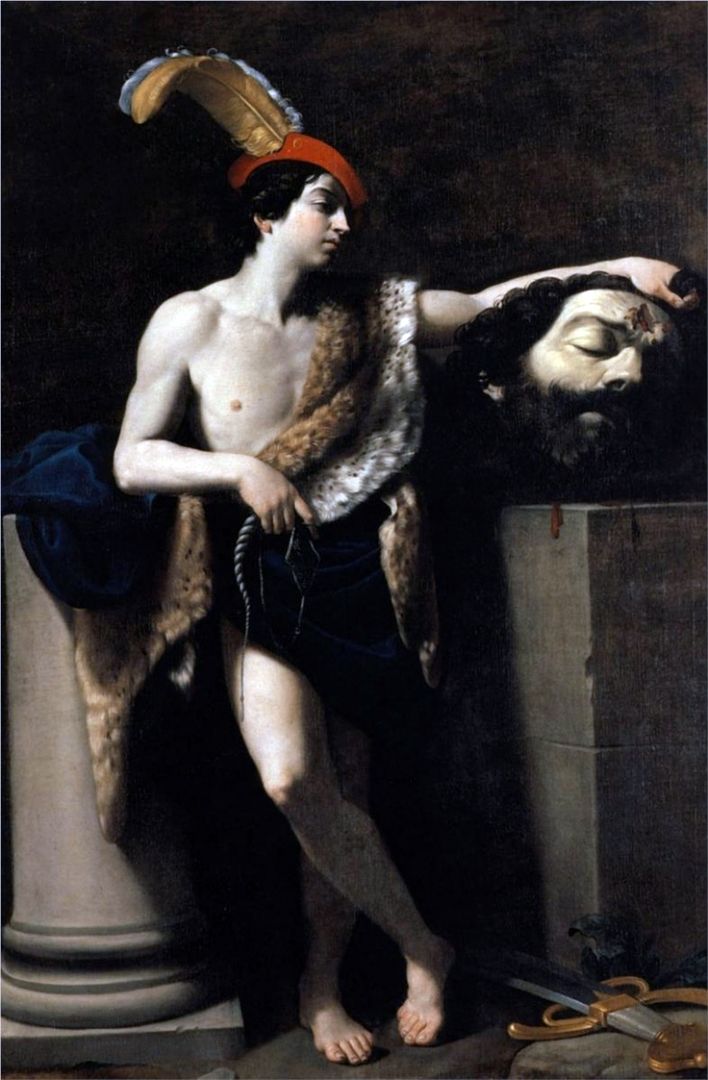 David à la tête de Goliath – Guido Reni
David à la tête de Goliath – Guido Reni David with the Head of Goliath by Caravaggio
David with the Head of Goliath by Caravaggio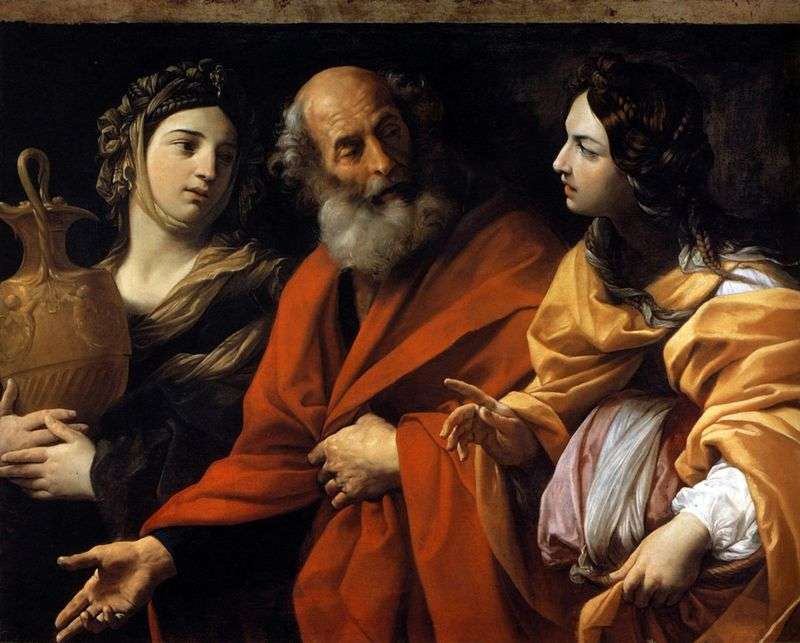 Lot and his daughters by Guido Reni
Lot and his daughters by Guido Reni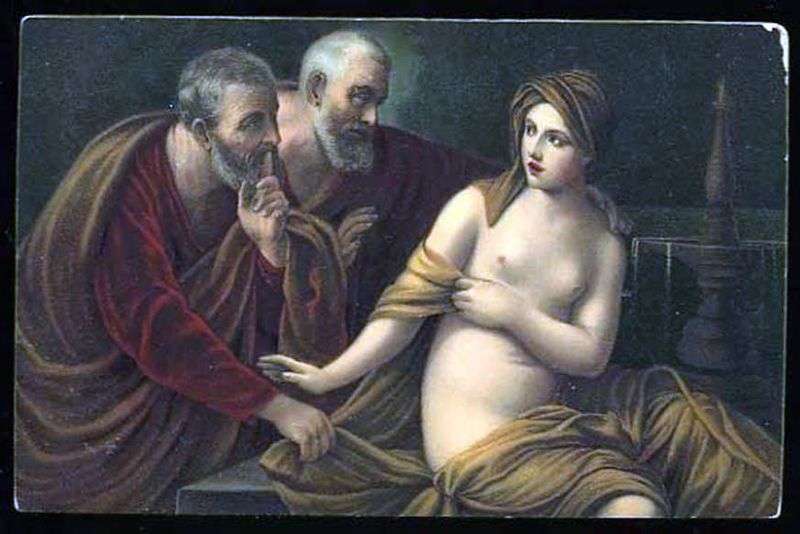 The Parable of Susanna and the Elders by Guido Reni
The Parable of Susanna and the Elders by Guido Reni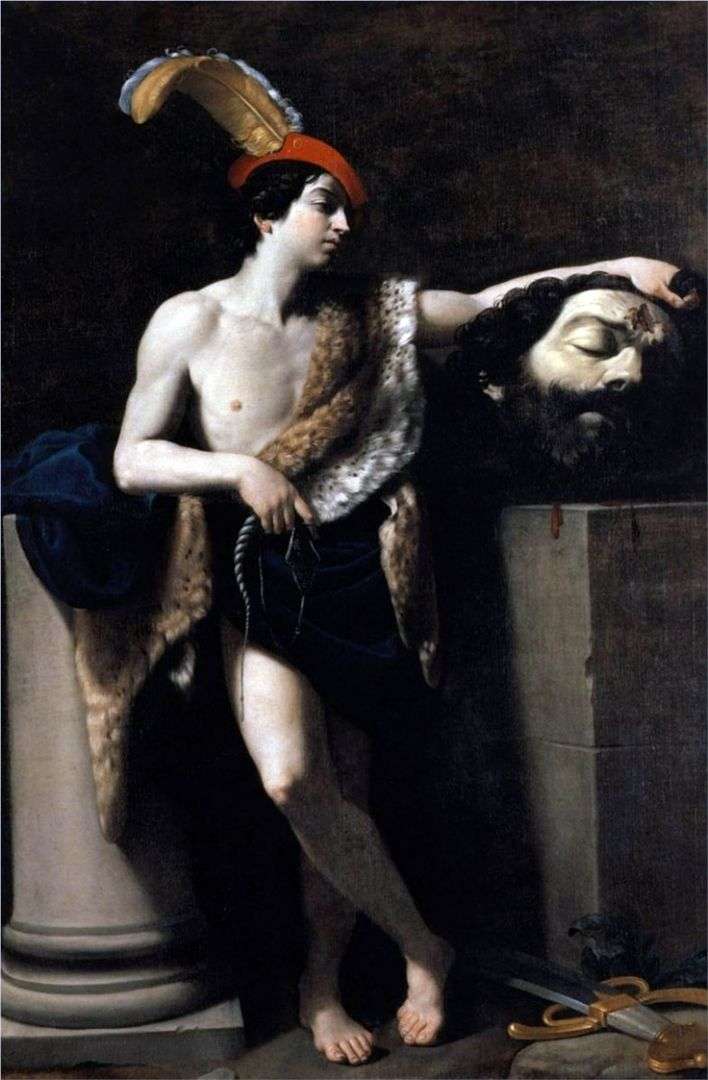 David con la cabeza de Goliat – Guido Reni
David con la cabeza de Goliat – Guido Reni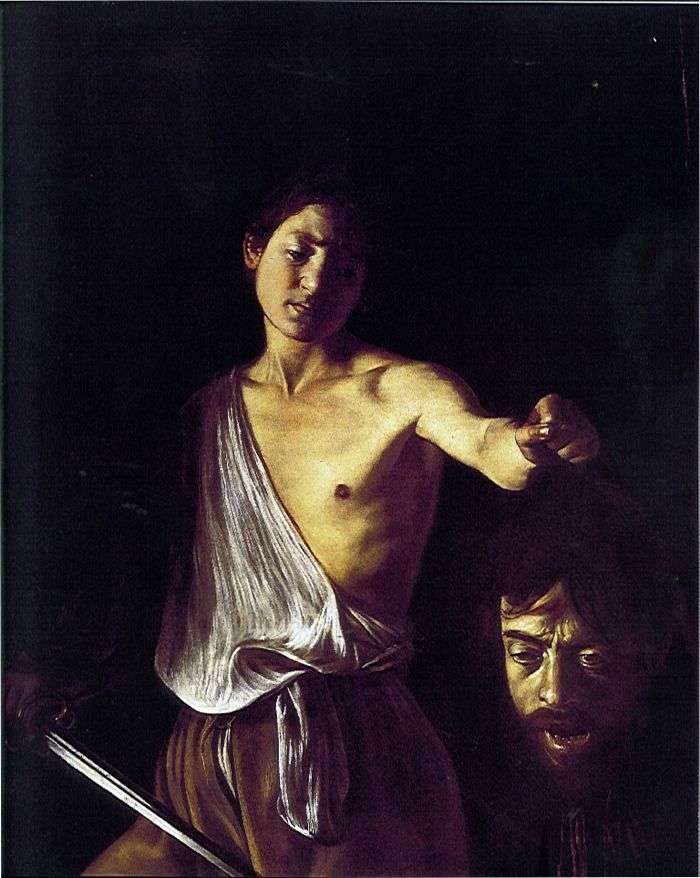 David with the head of Goliath by Michelangelo Merizi da Caravaggio
David with the head of Goliath by Michelangelo Merizi da Caravaggio